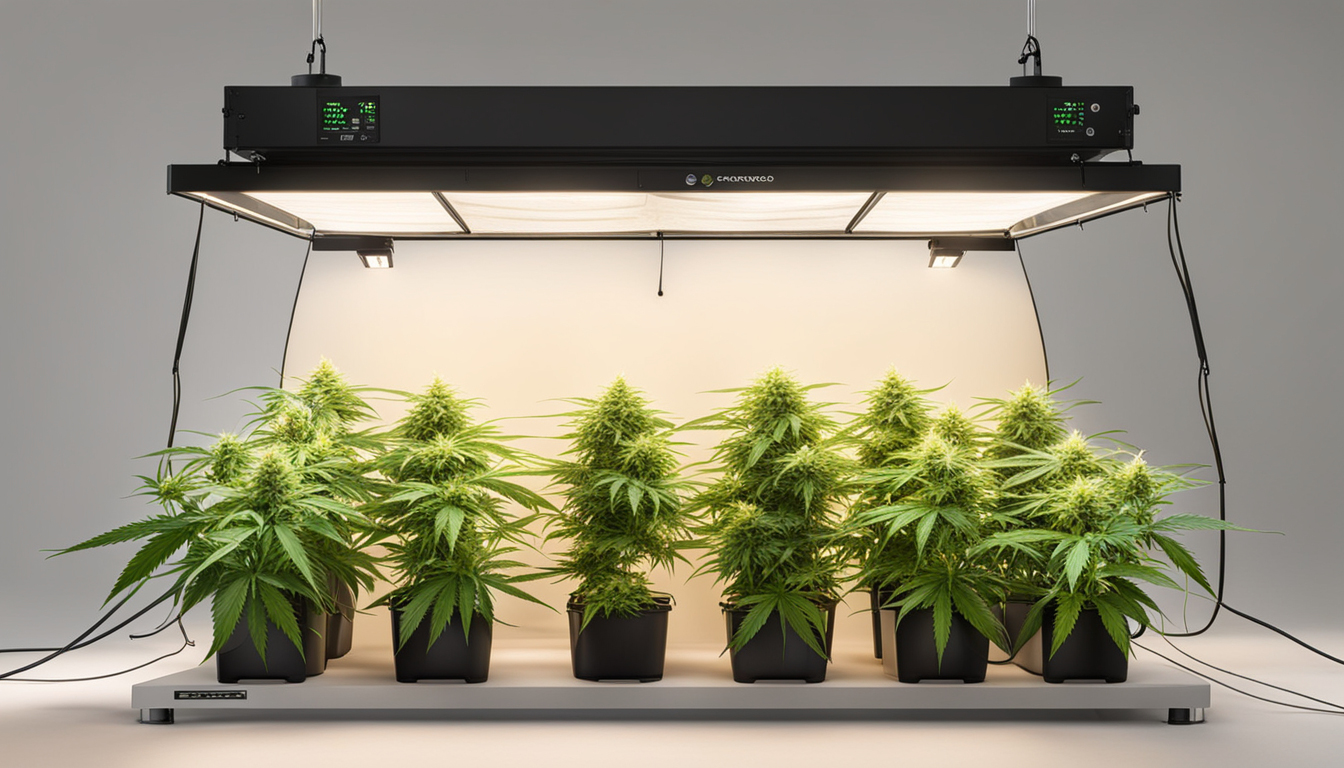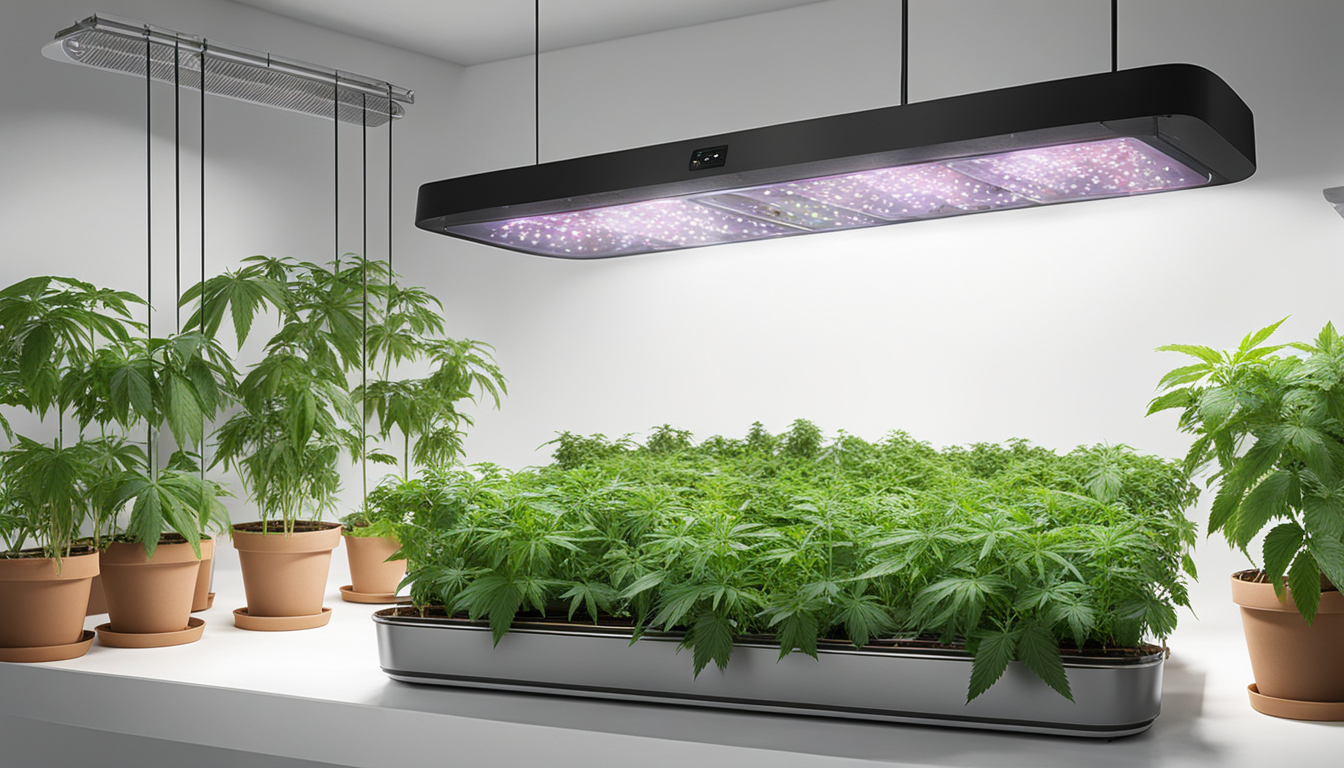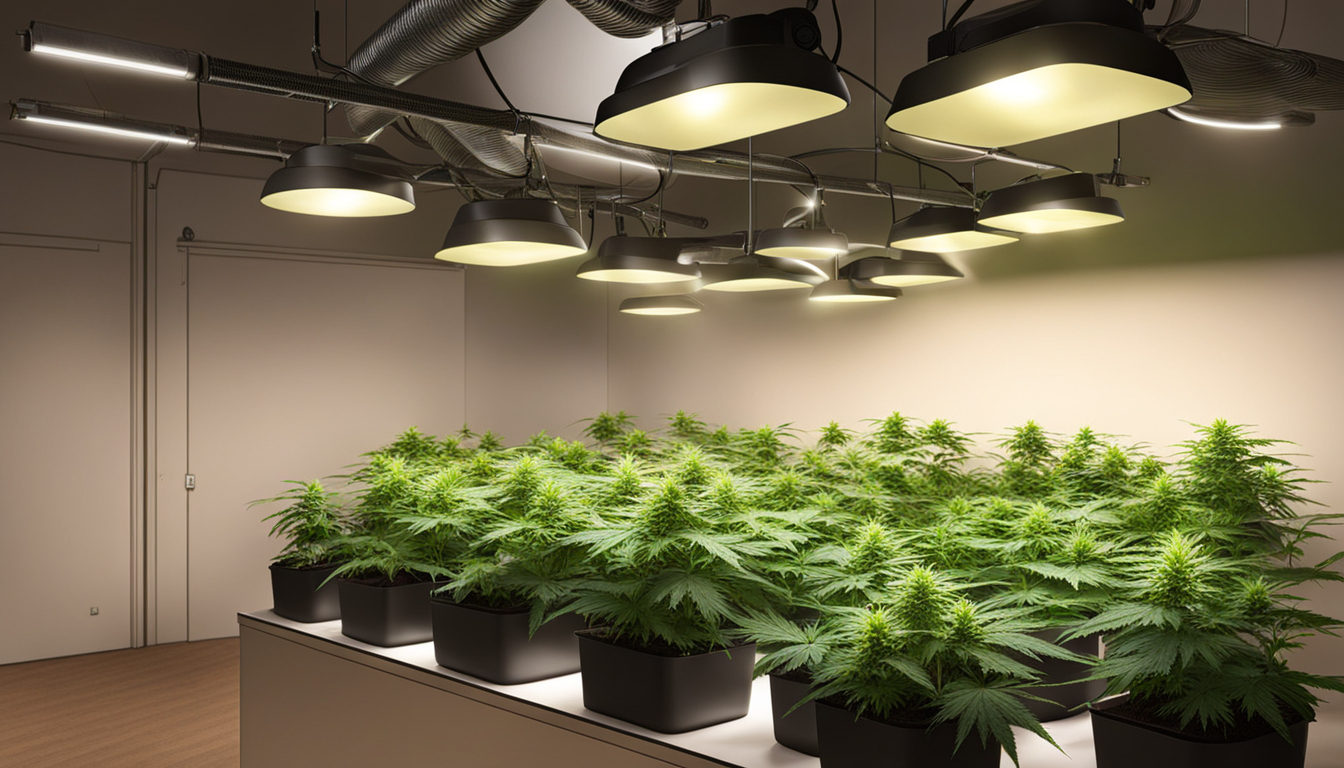
Whether you're just starting out with pot cultivation or looking to improve your existing crop, following this complete guide will help you produce big, high-quality yields right at home. With the right supplies, techniques, and care, growing marijuana indoors can be an extremely productive and cost-effective endeavor.
Choosing Pot Strains
The first step in planning your indoor grow is selecting the right marijuana varieties to produce. The three main types of pot plants each have their own characteristics.
Sativas
Known for their energizing intellectual effects, sativas spread tall and slender with narrow leaves. They flourish in tropical tropical climates and have a longer blooming time between 2.5-3 months indoors. Top energizing varieties include Sour Diesel, Durban Poison, and Jack Herer.
Indicas
These strains provide calming body-focused effects and spread short and bushy with wide leaves. Accustomed to colder mountain climates, they bloom faster within 2-2.25 months. Popular indica strains include Granddaddy Purple, Northern Lights, and Bubba Kush.
Hybrids
Hybrid strains blend traits from both sativas and indicas. They offer blended effects and have medium blooming times around 2.25-2.5 months. Popular mixes are Blue Dream, OG Kush, and Blue Dream.

Setting Up Your Cultivation Space
Marijuana plants need the right controlled environment to thrive. Key factors for indoor farms are lighting, airflow, layout, and finding the ideal discreet area.
Location
Choose an empty space with easy access to water and power outlets. An empty extra bedroom, unused closet, corner of the basement, or grow tent locked away in a garage all make great discreet cultivation room spots.
Lighting
Cannabis requires powerful light for all growth stages. LED grow lights are efficient and come in broad spectrum options mimicking natural outdoor light. Cover 15-25 watts per sq. ft for the vegetative stage and 20-40 watts per sq. ft. for flowering.
Airflow
Proper ventilation and exhaust systems maintain ideal temp, moisture, and fresh CO2 levels. Set up silent 4-6 inch blowers or scrubbers to refresh old air and eliminate odors.
Layout
Optimize your space by arranging plants carefully under the lamps and leaving room to reach and work around them. Set up separate zones for growth, bloom, drying, and propagation.

Growing Substrates
Weed can be cultivated in different substrates, each with pros and cons. Pick a proper option for your particular setup and growing style.
Soil
The traditional medium, soil is cheap and easy for beginners. It provides excellent flavor but requires more watering and nutrients to nourish plants. Enrich soil with vermiculite or coco to enhance drainage.
Coco Coir
Made from coir, reusable coconut fiber holds water but still allows air to the roots. It's more sterile and more predictable than soil. Use coco-specific fertilizers to avoid calcium buildup.
Water systems
In hydro systems, plant roots develop directly in fertilizer irrigation solution. This allows quick development but needs close monitoring of solution chemistry. Deep water culture and irrigation systems are common techniques.
Sprouting Seeds
Germination activates your marijuana seeds to start sprouting radicles. This readies them for planting into their growing medium.
Towel Method
Place seeds between wet paper towel and keep them damp. Inspect after 2-7 days for emerging radicles showing germination is complete.
Direct Planting
Insert seeds right into pre-moistened growing medium 6mm deep. Gently water and wait 7-14 days until sprouts push through the top.
Cubic rockwool
Presoak rockwool cubes in pH-adjusted water. Insert seeds 6mm deep into the cubes. Keep cubes wet until sprouts emerge within 1-14 days.
Repotting Young plants
Once germinated, cannabis seedlings need to be repotted to prevent crowding. Move them into appropriately sized containers.
Preparing Containers
Load large containers with growing medium amended with slow-release fertilizer. Let pots to absorb water for 8-12 hours before repotting.
Gently repotting
Carefully separate seedling roots from germination medium using a spoon. Put into pre-soaked pot at equal depth as before and gently water in.
Vegetative Stage
The vegetative stage promotes leafy growth and plant structure through 3/4 to full day of continual lighting intensity. This stage usually lasts Send a Message 1-2 months.
Using 18-24 Hours of Light
Use lamps on a 24 daily schedule or outdoor light to initiate nonstop growth. Lamp intensity influences size and internodal spacing.
Fertilizing
Use vegetative stage nutrients higher in nitrogen. Make sure pH stays around 6.5 for proper nutrient absorption. Fertilize 25-50% concentration after 14 days and strengthen gradually.
Training Techniques
Topping, low stress training, and scrogging manipulate growth patterns for even canopies. This increases yields.

Flowering Stage
The blooming stage grows buds as plants reveal their sex under a 12 hour light schedule. It lasts 8-12 weeks depending on strain.
Changing Light Schedule
Change lamps to 12/12 or place outdoors for natural 12/12 timing. This signals plants to begin blooming.
Stop Fertilizing
Flushing flushes out fertilizer residuals to improve taste. Feed lightly the first weeks then just use plain water the last 2 weeks.
Flushing
Maintain 12/12 light timing but flush using neutral pH water only. Return to plain watering if buds aren't ripe after two weeks.
Reaping
Knowing when pot is completely mature ensures maximum cannabinoid content and aroma. Cut down plants at optimal maturity.
Signs of readiness
Check swollen calyxes, faded pistils, and 10-15% cloudy trichs. Inspect buds across the plant as they won't all mature evenly.
Cutting Plants
Use sterilized, razor-sharp trimming scissors to carefully slice each plant at the base. Keep several inches of stalk attached.
Curing
Hang intact plants or branches upside down in a lightless room with average temp and RH around 45-65% for 7-14 days.
Aging
Curing keeps desiccating while aging the buds like aged spirits. This process smooths bitterness and further develops terpene and terpene profiles.
Jars and Humidity
Manicure dried buds from branches and place into sealed containers, packing about 3⁄4 full. Use a sensor to measure container moisture.
Burping Daily
Unseal jars for a short time daily to gradually reduce humidity. Rehydrate buds if humidity goes under Discover More 55%.
Long term storage
After 2-3 weeks when moisture stabilizes around 55-60%, perform a last trim and keep forever in sealed jars.
Troubleshooting
Even experienced cultivators run into various pot plant problems. Identify problems early and fix them correctly to maintain a vibrant garden.
Nutrient Deficiencies
Chlorosis often signify inadequate nitrogen. Purpling stems and leaves show low phosphorus. Check pH and boost nutrients gradually.
Bugs
Thrips, aphids, fungus gnats, thrips, and nematodes are common marijuana pests. Use neem oil sprays, predator bugs, and sticky traps for organic control.
Powdery mildew
High moisture encourages powdery mildew and bud rot. Increase airflow and venting while lowering RH below 50% during bloom.

Summary
With this complete indoor cannabis cultivation guide, you now have the info to grow plentiful strong buds for personal grows. Apply these techniques Learn More and techniques throughout the germination, growth, and flowering stages. Invest in quality gear and closely monitor your plants. In time, you'll be rewarded with frosty fragrant buds you raised yourself under the loving care of your green thumbs. Good luck cultivating!